IGT W46 Manual

IGT Testing Systems, P.O.Box 12688, 1100 AR Amsterdam, The Netherlands
Keienbergweg 25, 1101 EX Amsterdam, The Netherlands
IGT Information leaflet W46
IGT AIC2-5T2000
WET ON WET PRINTING (85 Shore A)
Version : October 2003
Introduction:
When inks are used on a two-colour offset printing press the
second ink film is printed over the first ink film while it is still
completely wet. For multi colour presses the same can be said for
the other colours. In order to do so the inks have to be trapped on
tack and/or viscosity. The systems for measuring tack and/or
viscosity measure these ones as it is in the tin, without the
influence of absorption by the paper.
On the printing press, as soon as the ink is printed on the paper
the low viscosity components of the ink will penetrate into the
paper and the viscosity and tack of the ink will increase rapidly.
The longer the ink is on the paper, the bigger this increase of
viscosity and tack will be. The time interval between individual
prints differs considerably in various types of presses. In practice
these interval times are between about 0.03 and 3 s. For proper
adjustment of ink for wet-on-wet printing a printability tester is
essential, operating from very short time intervals upwards.
Although in practice water is used and an emulsion is formed,
this method gives very good results for testing wet-on-wet
printing.
There are 2 methods:
W46 for a printing form with coated rubber of 85 Shore A for
smooth papers (described in this leaflet)
W69 for a printing form with coated rubber of 65 Shore A for
smooth and rather rough papers
Principle:
A set of two colours of offset inks is printed on each other on
paper in both the colour sequences and with different interval
times. The results are observed visually or with the help of a
densitometer. The best print quality and the best ink transfer
show the right colour sequence.
Also for a four colour series of offset inks the inks always must
be tested in sets of two colours.
Method of operation:
• It is recommended to execute the test in the standard
atmosphere; to most standards it is 23.0 ± 1.0 °C (73.4 ± 1.8 °F)
and 50 ± 2% rh.
• For the operation of the AIC2-5T2000, the High Speed Inking
Unit 4 and the ink pipette follow the instructions of the manuals,
IGT information leaflet W100 and the displays accurately.
• Handle the samples carefully.
Preparation
1. Condition the papers, inks and equipment during >6 hours in
the standard atmosphere.
2. If necessary cut the paper strips (preferable 55 x 320 mm, 4
-6 strips per set of inks) and mark them with top and/or
bottom side, machine and/or cross direction and a code for
the type of paper.
3. Adjust the printing force of the printing disc shafts to 1000
N and pay attention for the right backlash. See W100.
4. Adjust the speed to constant (5), 1.0 m/s.
5. Check and if needed, move the slide in front of the sector
into the constant speed mode (5).
6. Check the functioning of the AIC2-5T2000 following the
instructions in the chapter “Execution”.
7. Fill the ink pipettes with the inks to be tested.
8. Adjust the High Speed Inking Unit with the settings
mentioned in note 2.
9. Check the functioning of the High Speed Inking Unit.
Execution
1. Adjust the interval time in the display.
Materials / testing conditions
1
2
3
4
5
6
7
8
9
10
IGT AIC2-5T2000
IGT High Speed Inking Unit 4
(with 4 segmented top roller for
conventional inks)
Printing disc with coated rubber,
85 Shore A, 50 mm (2x)
Strips of art paper, code Ka, 55 mm
IGT ink pipette (2x)
If necessary strips of paper to be tested
(55 x 340 mm, 4-6 strips per set of
inks)
Inks to be tested
Densitometer (if required)
Lint free rags
Cleaning naphtha
710
466.410.100
(466.003.003)
402.333
404.009.004
408.200 or 408.400
Printing force
Printing speed
Interval times between 2 colours
Ink film thickness
625 N
1m/s
at choice
2.4 µm
The numbers 1 thru 5 are available at IGT Testing Systems.
The numbers 3 thru 4 can be obtained as Wet-on-wet Printing Set
for AIC2-5T2000, article number …..
2. Attach a test strip on the sector.
3. Turn the sector into starting position.
4. Apply 2.4 µm of both inks to two separated segments of the
inking unit and distribute the inks (indication: 2.4 µm for art
paper). See note 3 or the manual of the inking unit.
5. Place the printing discs on the printing disc shafts of the
segments of
the inking
unit and ink
the discs
during the
presettime.
6. Take the
discs from
the inking
unit and
place them
on the
printing disc
shafts of the
tester: the 1
st
colour at the
top shaft and
the 2nd colour at
the bottom shaft.
7. Press one of the side buttons to start the motor.
8. Move the printing discs into printing position against the test
strip.
9. Press the other side button as well to make a print (also keep
both buttons pressed during the interval time).
10. After the sector has stopped in the end position, release the
side buttons.
11. Move the printing discs out of printing position
12. Remove the test strip from the sector.
13. Take off the printed paper strip from the sector.
14. Remove the printing discs from the tester and clean them
with the rags and naphtha.
15. Clean the rollers of the inking unit or use the next segments
for the following test.
16. Repeat the points 2 thru 15 for the next test strip in the
opposite colour sequence.
Fig. 1: wet
-
on
-
wet printing

IGT Testing Systems, P.O.Box 12688, 1100 AR Amsterdam, The Netherlands
Keienbergweg 25, 1101 EX Amsterdam, The Netherlands
W46 for IGT AIC2-5T2000
17. Examine or measure the results as pointed out in the chapter
“Assessment”.
18. If desired, repeat the points 1 thru 17 for other interval
times.
19. Repeat the points 1 thru 18 for the other types of paper or
ink.
20. After having finished the tests, clean and store all parts as
described in the manuals.
21. Make an
accurate
record of
the
conditions
and the
results of
the test.
Assessment
See figure 2.
1. Visually
Judge the
differences
between the
prints for
different
interval
times of
both colour
sequences.
The colour
sequence
with the smallest difference between the prints of different
interval times is the best colour sequence.
2. Densitometrically
2.1. After > 4 hours after making the print measure the contrast
density of all parts (both single colours and both colours) of
the strips with
the
densitometer
set for the 2nd colour.
2.2. Calculate the average of the measured densities per part.
2.3. Calculate the % of ink transfer with the formula:
D(1+2) – D1
F = ------------------ x 100 %
D2
In which: D(1+2) = density of both colours together
D1 = density of 1st colour, D2= density of 2nd colour
2.4. The highest % of ink transfer is the best colour sequence.
Notes:
1. The test results of the AIC205T2000, AIC2-5 and Global
Standard Testers 2 compare well with another on the
condition that the tests have been carried out under the same
testing conditions.
2. It is advised to use the following settings for the High Speed
Inking Unit 4:
Water bath : 23.0º C (73.4º F)
Mode :2
Starting time :5s
Distributiontime : 10 s
Distribution speed : 1.2 m/s
Inking time printing discs : 5 s
3. To reach an ink film thickness of 2.4 µm on the High Speed
Inking Unit 4 with a 4-segmented toproller a quantity of
0.10 cm³ has to be applied. It is not advised to add some ink
after a test.
4. In most of the cases the extra interval times of 3 and/or 6 s
will be used. The time of 0.1 s will present as a result of the
speed 1.0 m/s.
This information leaflet has been compiled with the utmost care.
However, may you find any inadequacies or if there are any comments,
we kindly request you to send these to IGT Testing Systems, Sales
Department.
Fig. 2 Wet
-
on
-
wetprinting
Beginning of print
2nd colour
B
A
1st and 2nd colour
with interval time
0.07 s for 1 m/s
A+B
0.07 s
B + A
0.07 s
1st and 2nd colour
with interval time
is
A+B
i s
B + A
i s
1st colour
A
B
This manual suits for next models
1
Table of contents
Other IGT Test Equipment manuals
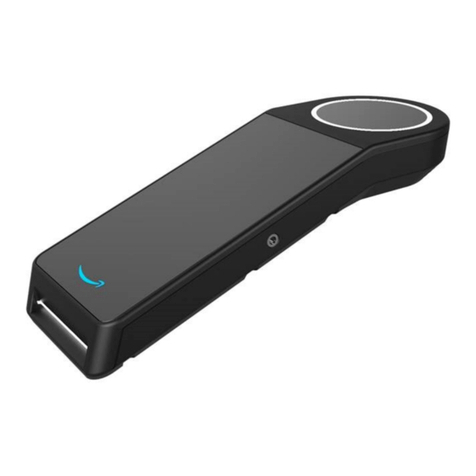
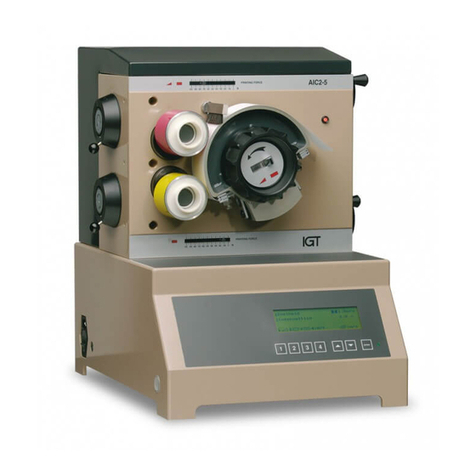
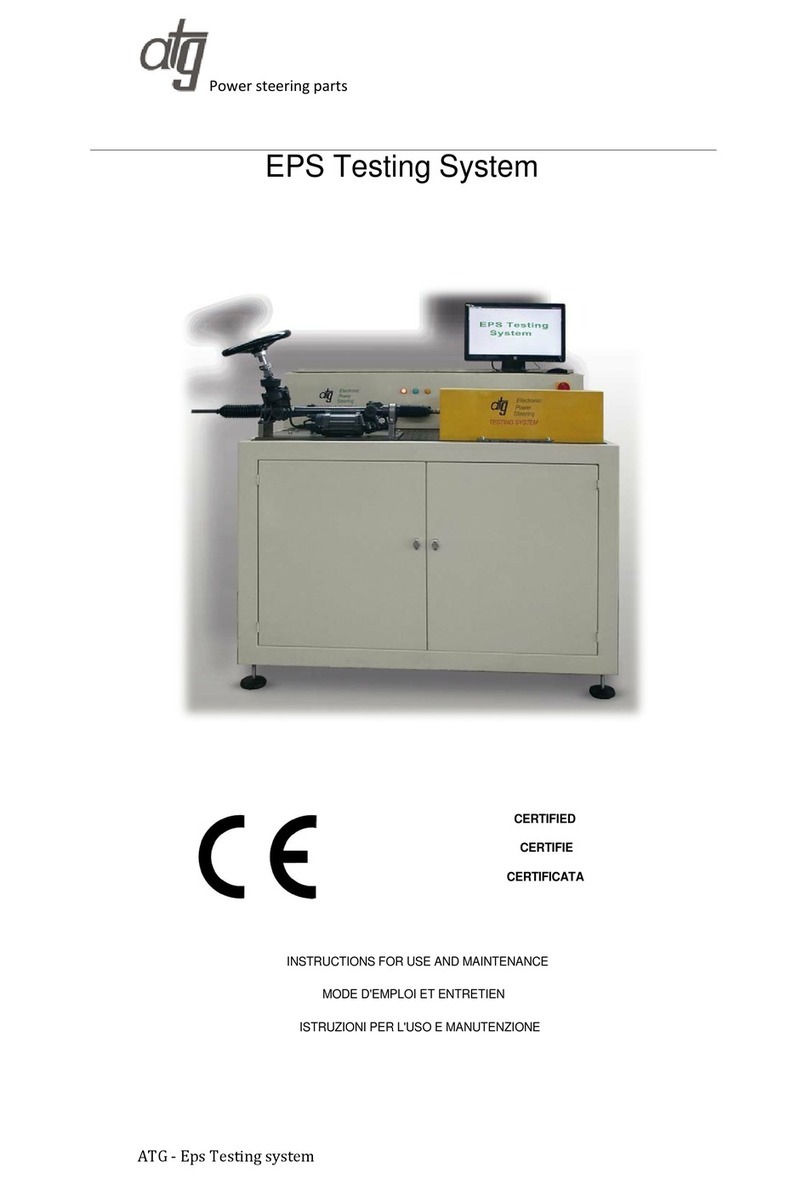
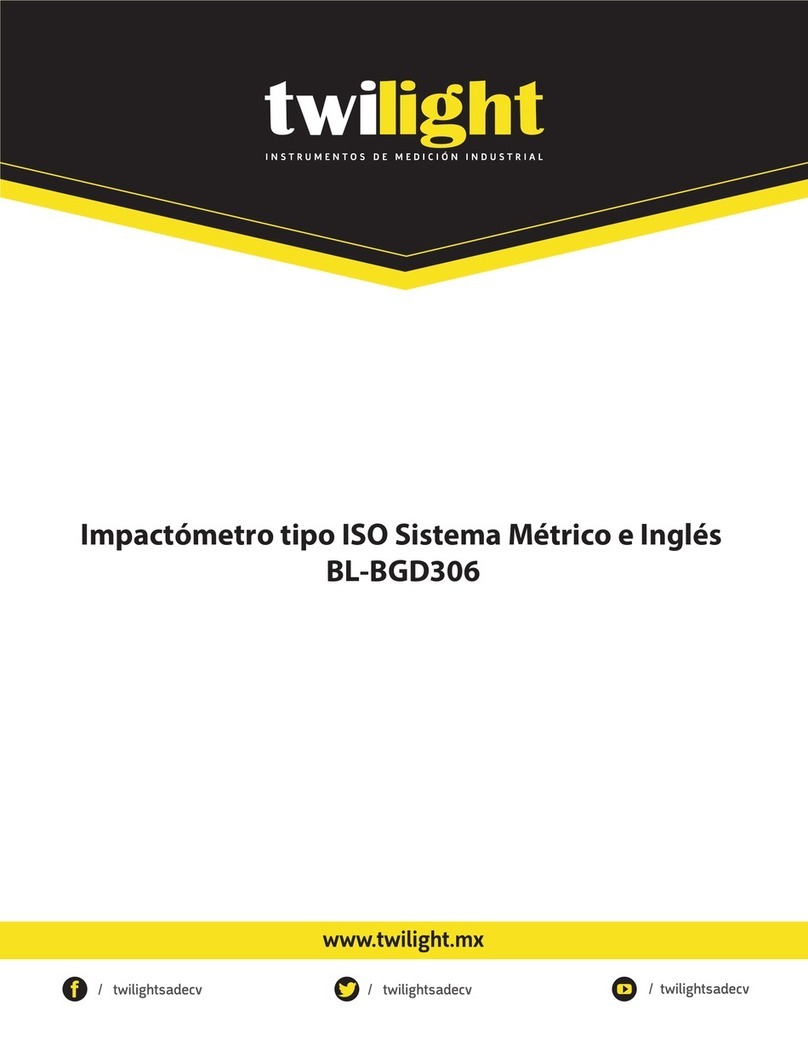
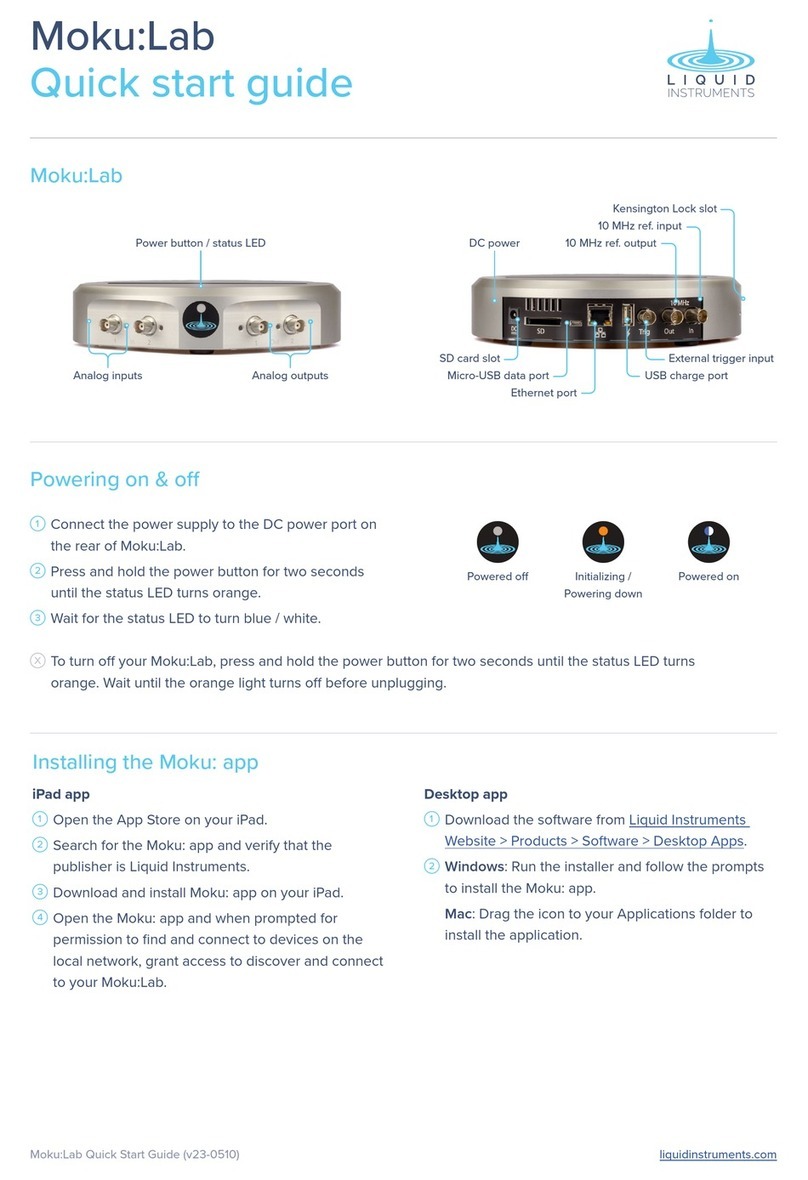

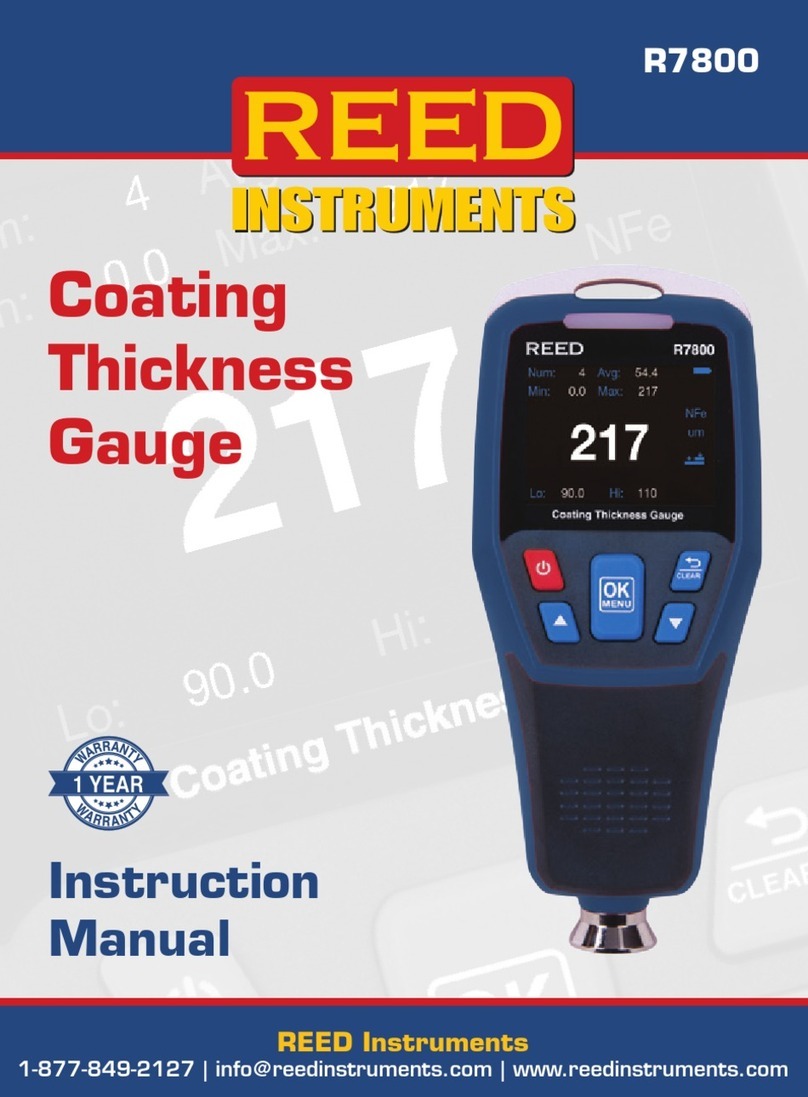
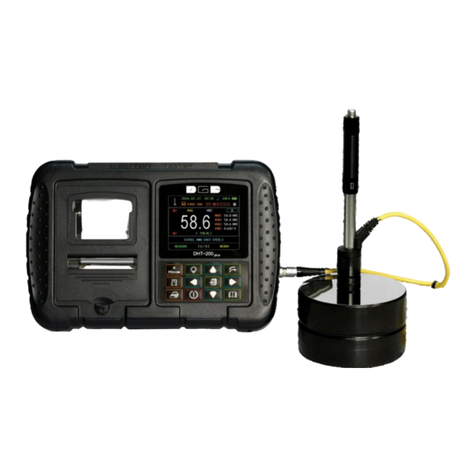
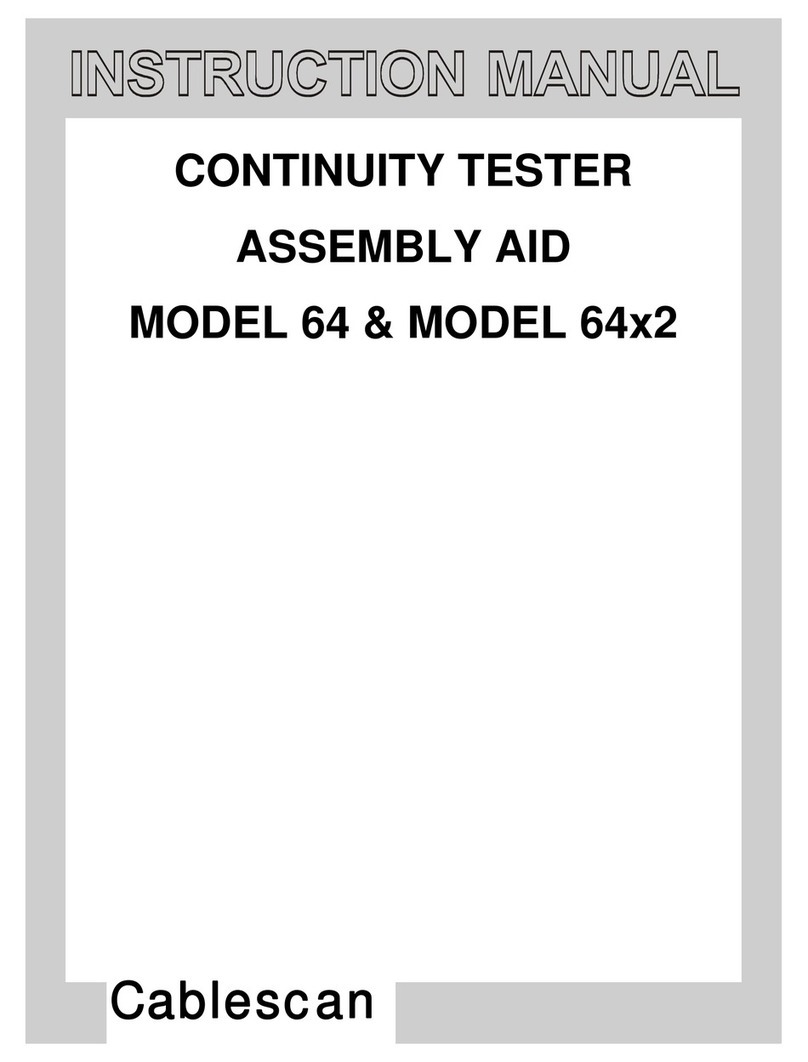


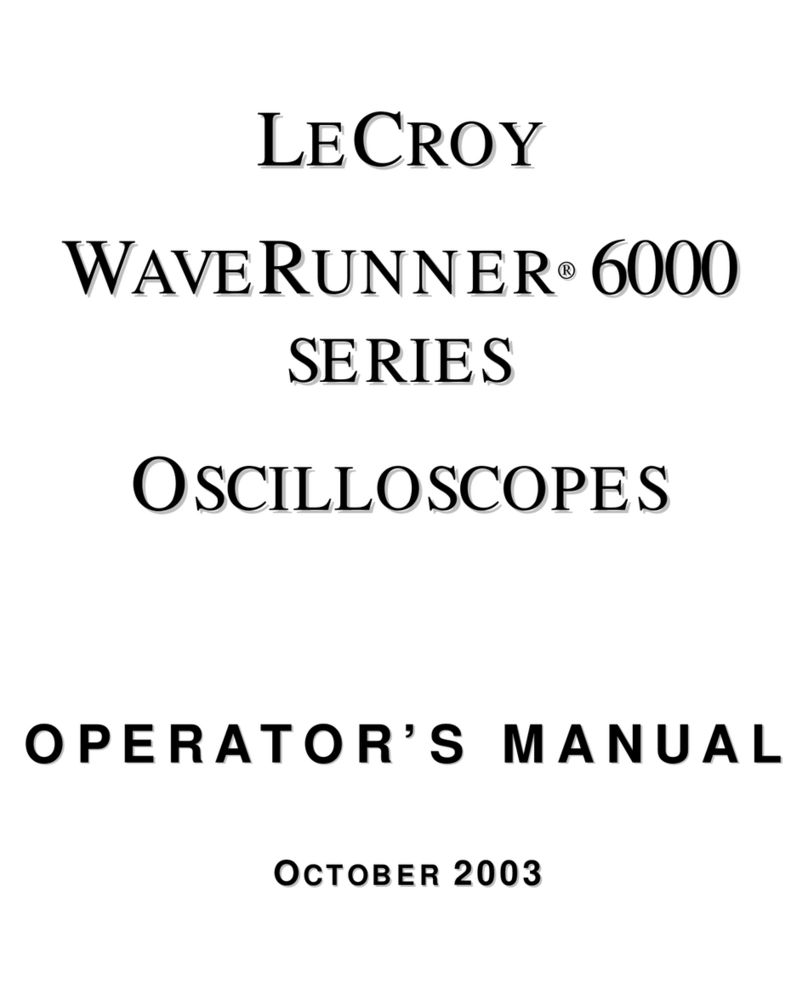
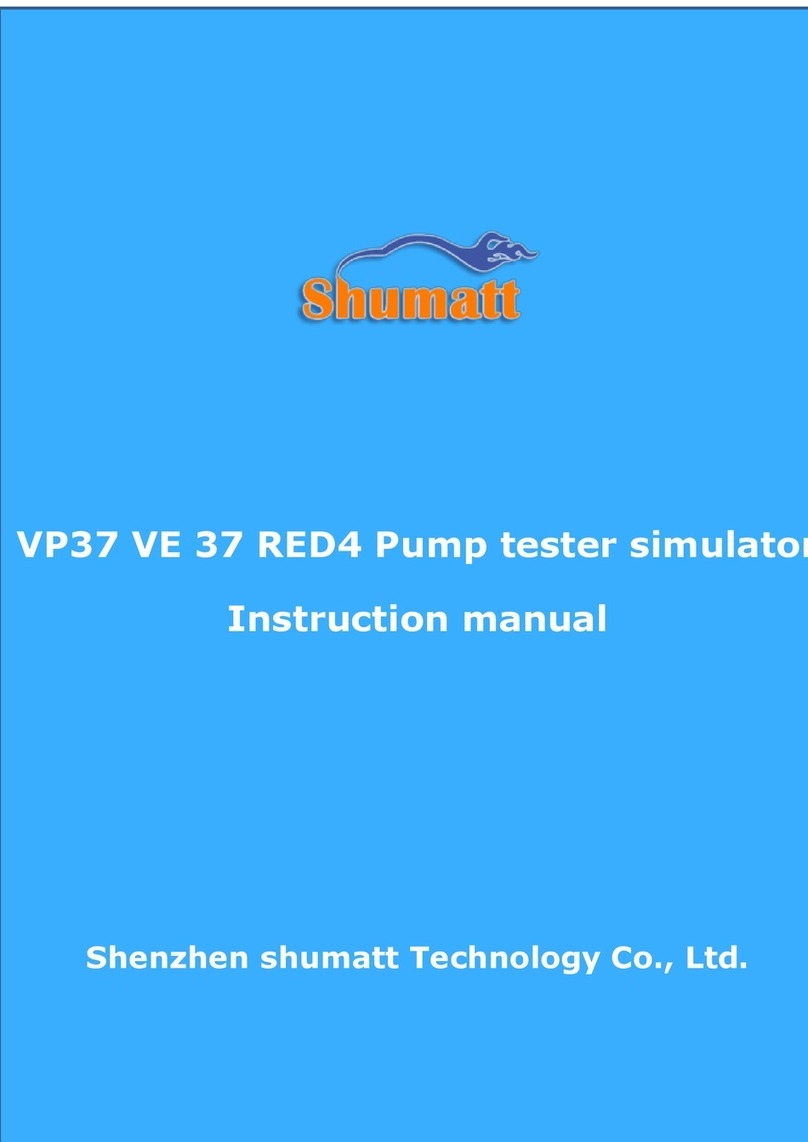
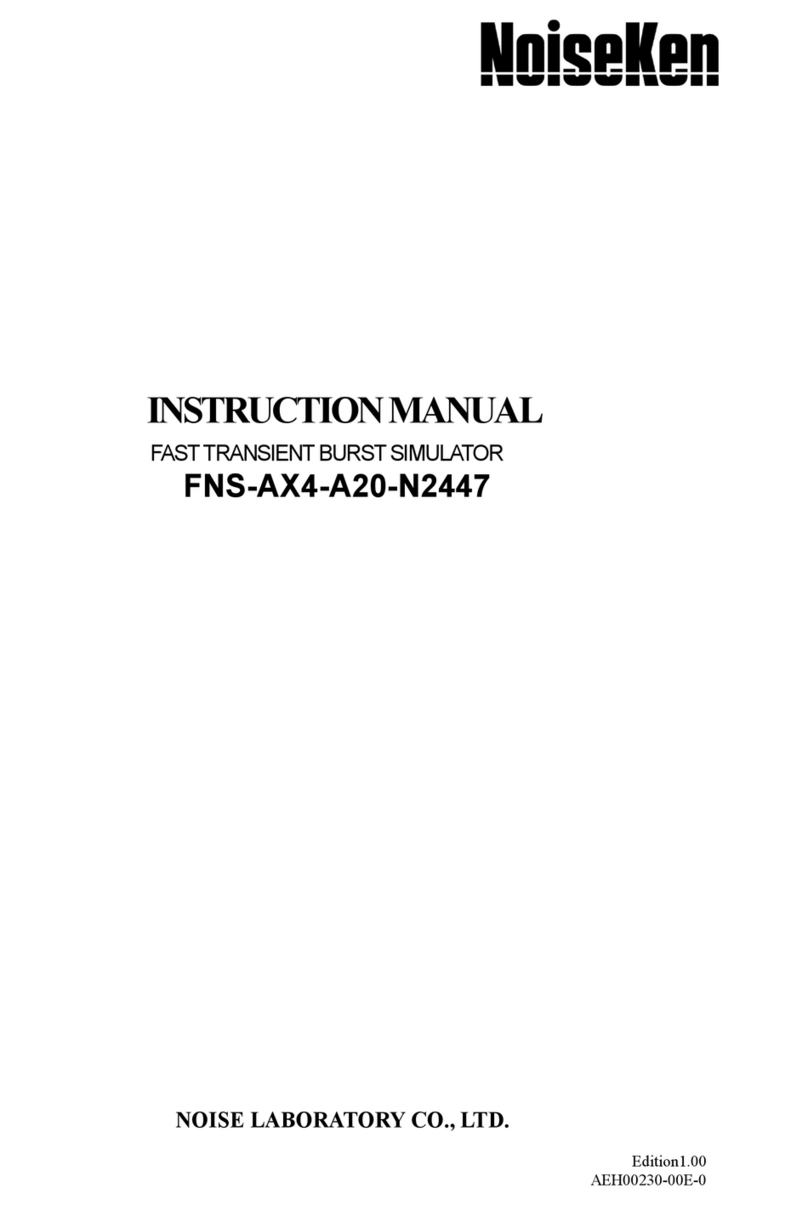
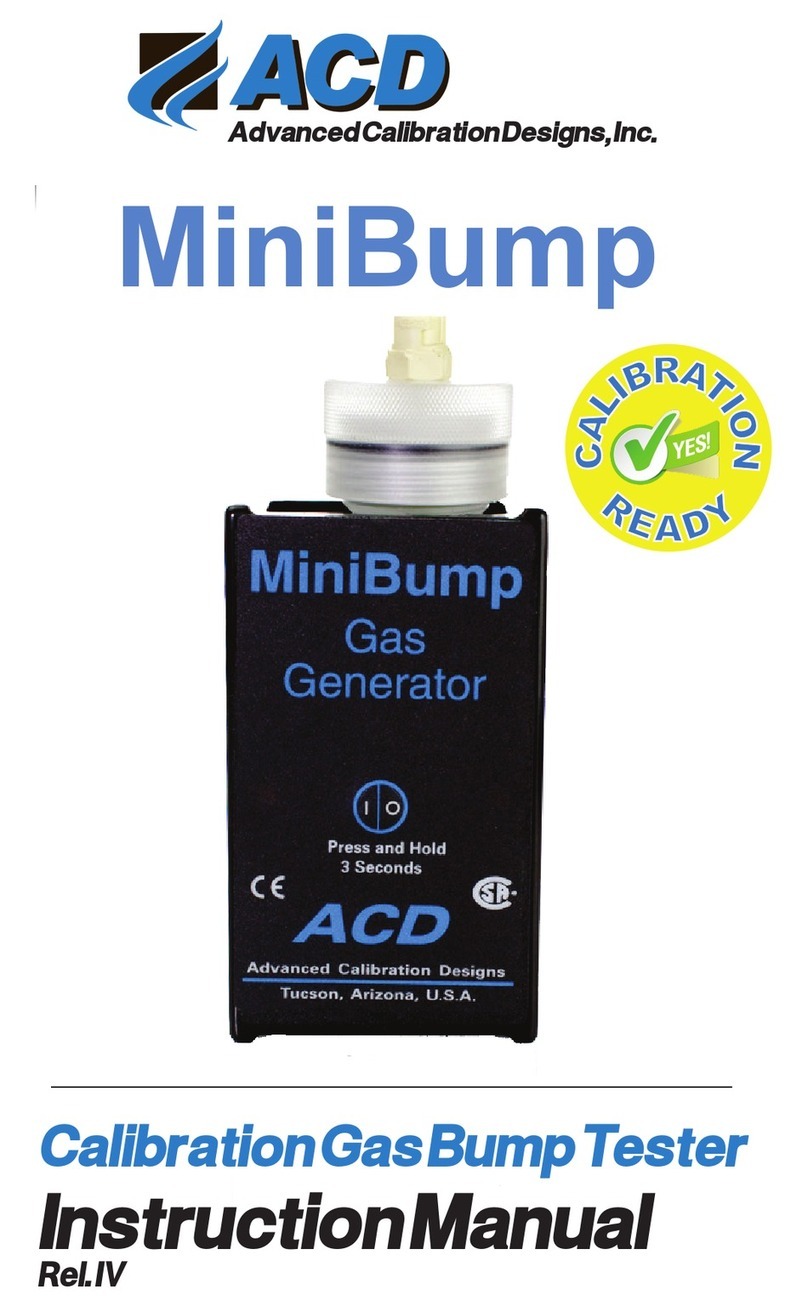
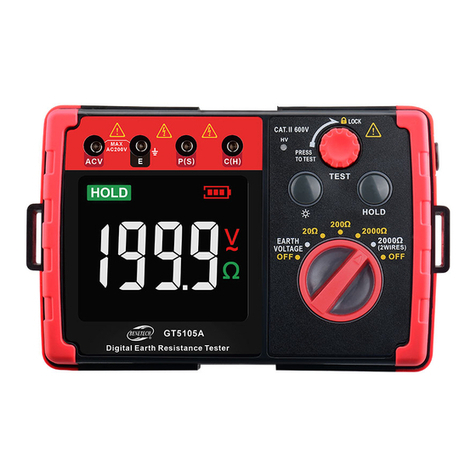
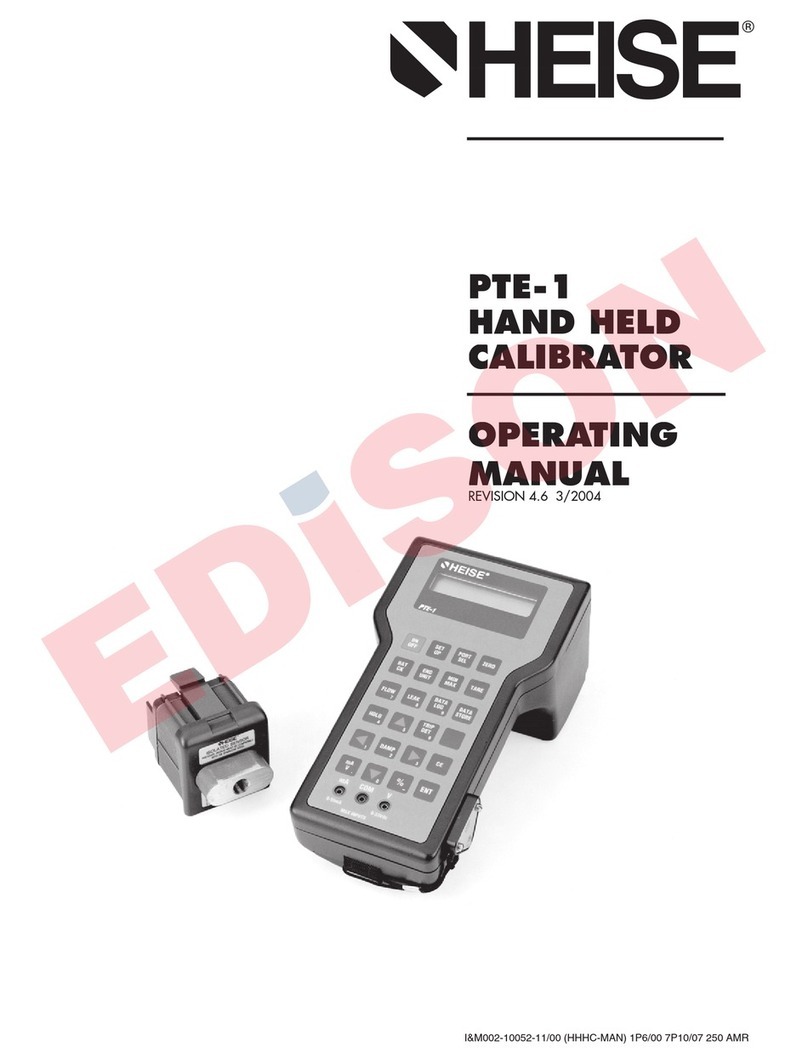
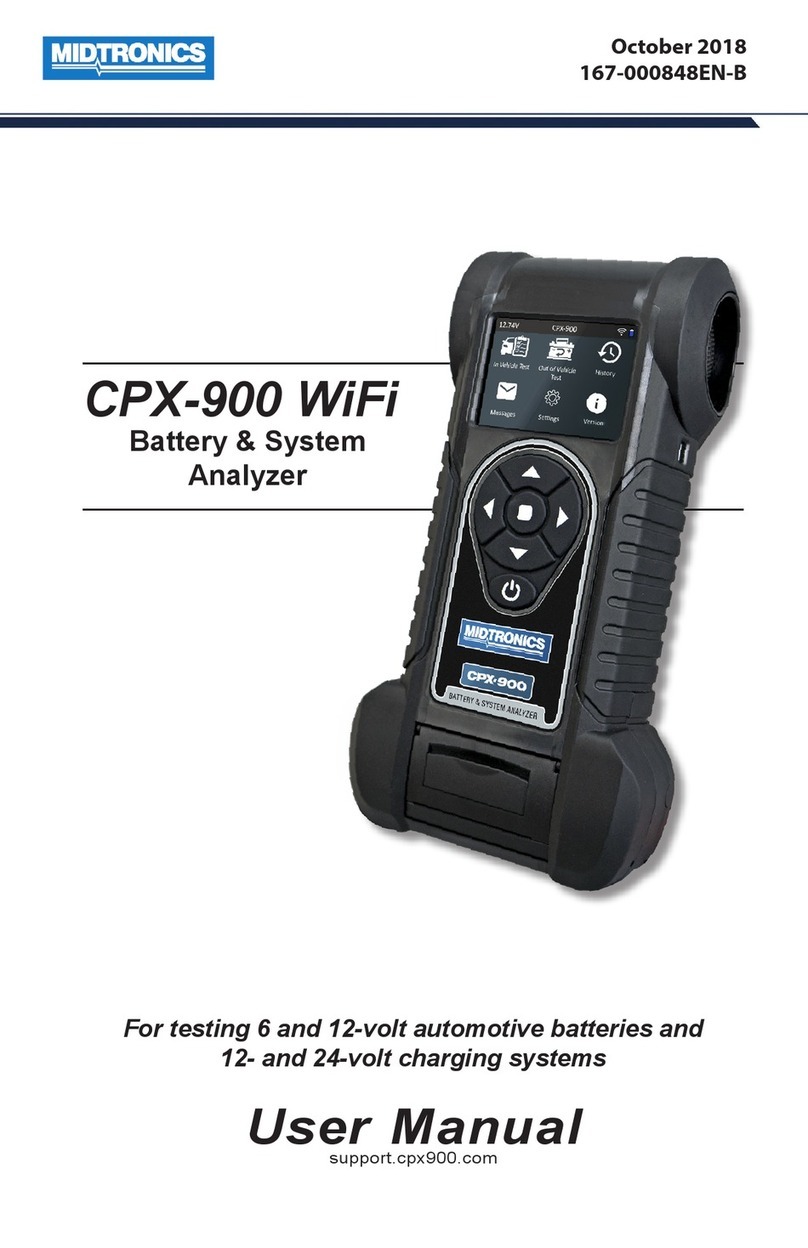
![OXO [T]Box RDM User instruction OXO [T]Box RDM User instruction](/data/manuals/1q/n/1qnxm/sources/oxo-t-box-rdm-manual.jpg)
